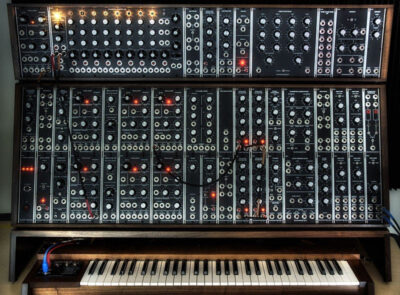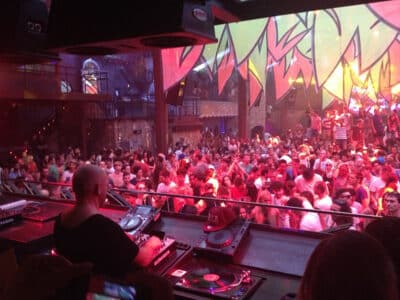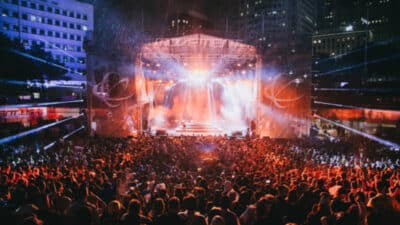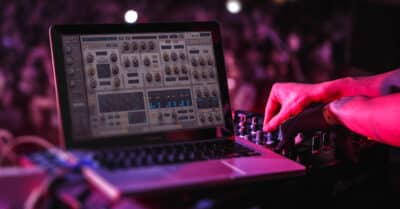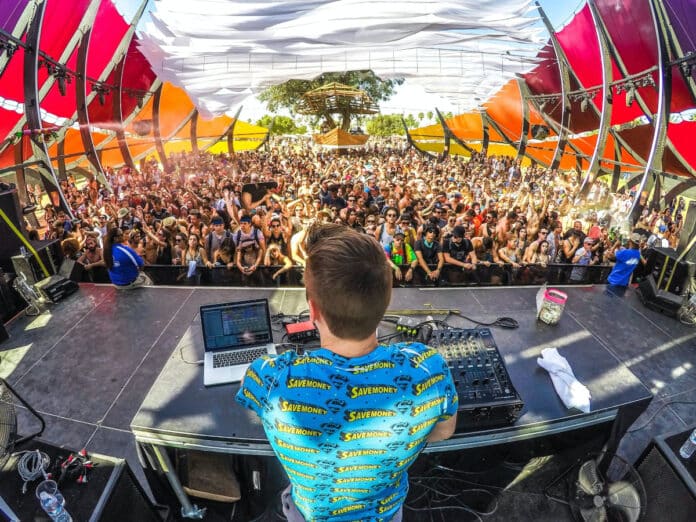
Electronic Dance Music (EDM) has become a global phenomenon, dominating clubs, festivals, and the airwaves alike.
Its infectious beats, energetic drops, and captivating melodies have captivated millions of fans worldwide. But when did this influential genre emerge? In this article, we delve into the roots of EDM, tracing its inception and evolution over the years.
The Early Beginnings:
The origins of EDM can be traced back to the late 1970s and early 1980s when electronic instruments and synthesizers began to gain popularity. Pioneering artists and groups, such as Kraftwerk, Giorgio Moroder, and Yellow Magic Orchestra, embraced these new technologies and incorporated them into their music, laying the groundwork for what would become EDM.
The Rise of House and Techno:
The birth of EDM, as we know it today, can be attributed to the emergence of house and techno music scenes in the 1980s. House music, originating in Chicago, blended elements of disco, funk, and electronic music, characterized by its repetitive beats and soulful vocals. Meanwhile, techno, with its roots in Detroit, focused on futuristic sounds, driving rhythms, and the innovative use of synthesizers.
In the mid-1980s, the introduction of affordable music production equipment, such as drum machines and samplers, allowed aspiring musicians to create their own electronic compositions. This democratization of music production led to a surge in the number of DJs and producers experimenting with electronic sounds and rhythms, pushing the boundaries of what was considered mainstream music.
The Rave Culture and Global Expansion:
As the 1980s progressed, a subculture known as “rave” began to flourish. Raves were underground, all-night parties that celebrated electronic music and provided a sanctuary for those seeking an escape from societal norms. These events, fueled by the energy of the music and the communal experience, played a crucial role in popularizing EDM and spreading its influence.
In the 1990s, the rave culture reached new heights, spreading across Europe and beyond. Iconic festivals like the Love Parade in Berlin and the UK’s Glastonbury Festival became synonymous with the electronic music movement, attracting massive crowds and catapulting DJs and producers to international fame.
Mainstream Breakthrough:
The late 1990s and early 2000s marked a turning point for EDM as it began to infiltrate the mainstream. Artists like The Prodigy, Fatboy Slim, and Daft Punk achieved commercial success, fusing electronic elements with catchy hooks and memorable lyrics. This period also witnessed the rise of genres like trance, drum and bass, and ambient music, further diversifying the EDM landscape.
EDM in the Digital Age:
With the advent of the internet and the proliferation of digital music platforms in the early 2000s, the accessibility and reach of EDM expanded exponentially. Online platforms allowed artists to share their music with a global audience, while social media enabled fans to connect and form communities centered around their shared love for electronic music.
The Present and Future:
In recent years, EDM has continued to evolve and diversify, embracing new sub-genres and fusing with other musical styles, such as pop, hip-hop, and rock. Today, EDM is a multi-billion dollar industry, with festivals like Tomorrowland, Ultra Music Festival, and Electric Daisy Carnival attracting hundreds of thousands of fans from around the world.
Conclusion:
Electronic Dance Music has come a long way since its humble beginnings, evolving from experimental electronic sounds to a dominant force in contemporary music culture. The combination of technological advancements, creative innovation, and the passionate support of fans has propelled EDM to the forefront of the global music scene. As we look to the future, the future of EDM holds limitless possibilities. As technology continues to advance, we can expect even more innovative production techniques, immersive live experiences, and groundbreaking collaborations.
One notable trend in recent years has been the fusion of EDM with other genres. Artists like Calvin Harris, Zedd, and The Chainsmokers have successfully bridged the gap between electronic music and mainstream pop, creating chart-topping hits that appeal to a wide audience. This blending of styles has expanded the reach of EDM and brought it into the forefront of popular culture.
Furthermore, live performances and festivals have become integral to the EDM experience. With advancements in stage production, lighting, and visual effects, artists are constantly pushing the boundaries of what is possible in a live setting. The rise of virtual reality (VR) and augmented reality (AR) technologies may also revolutionize the way fans engage with EDM, allowing them to immerse themselves in virtual concerts and interactive experiences from the comfort of their own homes.
Another significant development in the EDM landscape is the increasing focus on sustainability and environmental consciousness. Festivals and event organizers are actively implementing eco-friendly initiatives, promoting renewable energy sources, reducing waste, and encouraging fans to adopt sustainable practices. As the global conversation around sustainability intensifies, EDM is responding by taking a more responsible approach to its environmental impact.
Moreover, the influence of EDM extends beyond music. The genre has inspired a vibrant community of dancers, visual artists, fashion designers, and entrepreneurs who collaborate to create a multi-sensory experience. From elaborate stage designs to unique fashion trends, the visual and aesthetic elements associated with EDM have become an integral part of its culture.
In conclusion, the birth of EDM can be traced back to the experimental electronic sounds of the late 1970s and early 1980s. Since then, it has evolved into a global phenomenon, shaping the music industry and captivating millions of fans worldwide. With its constant evolution, integration with other genres, and technological advancements, the future of EDM promises to be an exciting journey of innovation and creativity. As fans eagerly anticipate the next breakthroughs, the infectious beats and euphoric energy of EDM continue to unite people and create unforgettable experiences on dance floors around the world.


